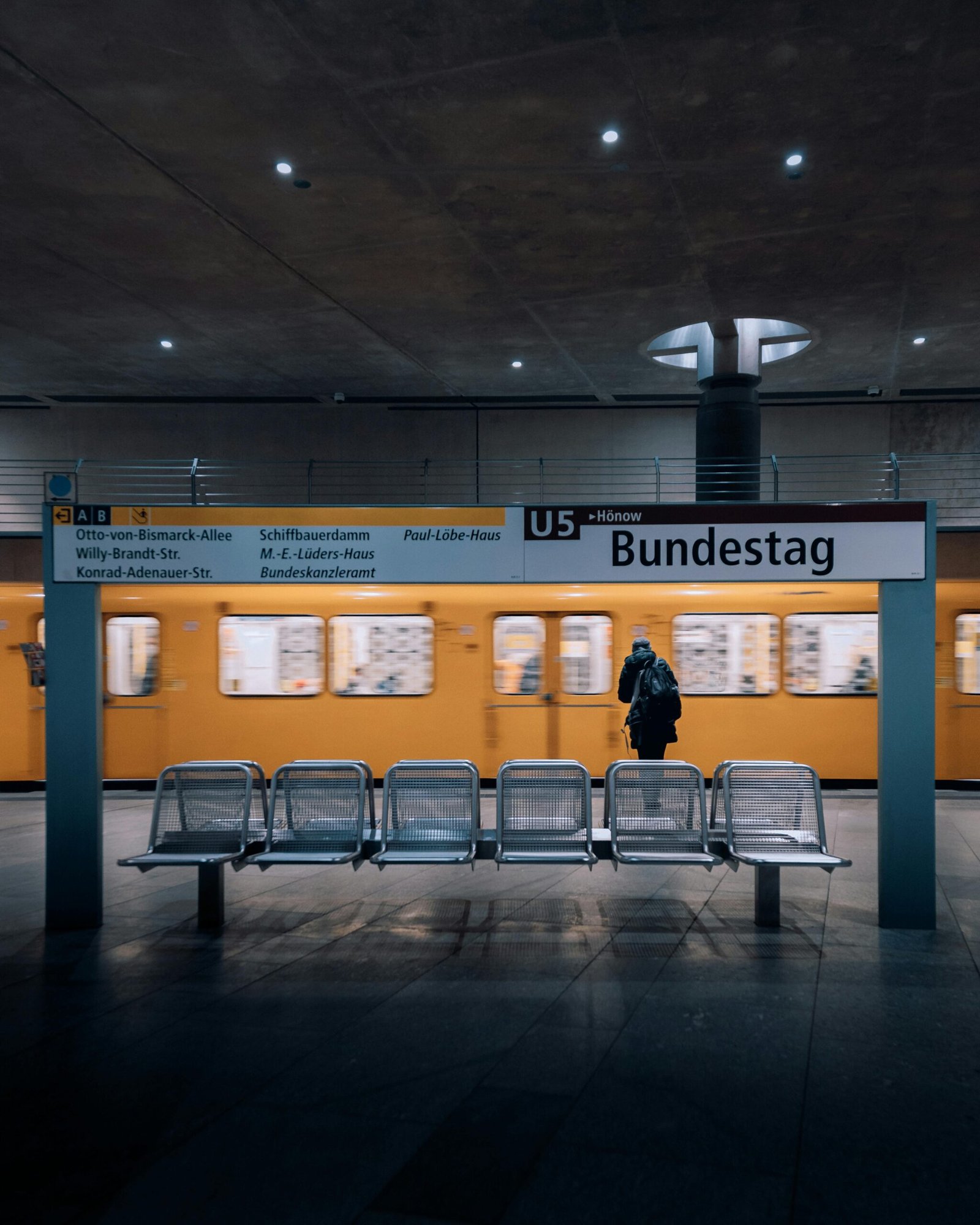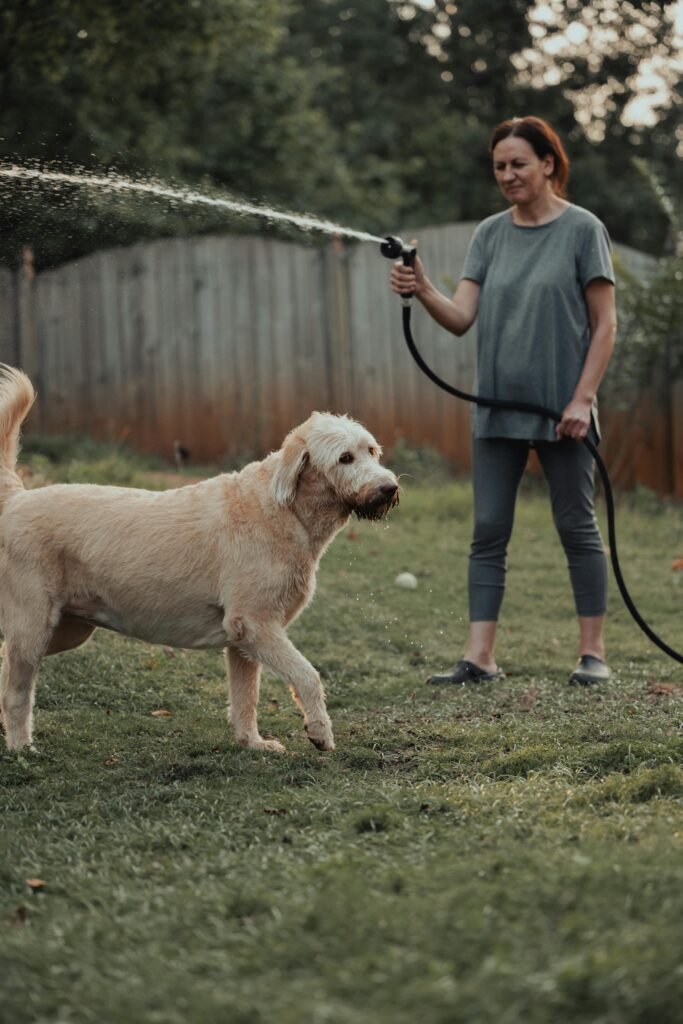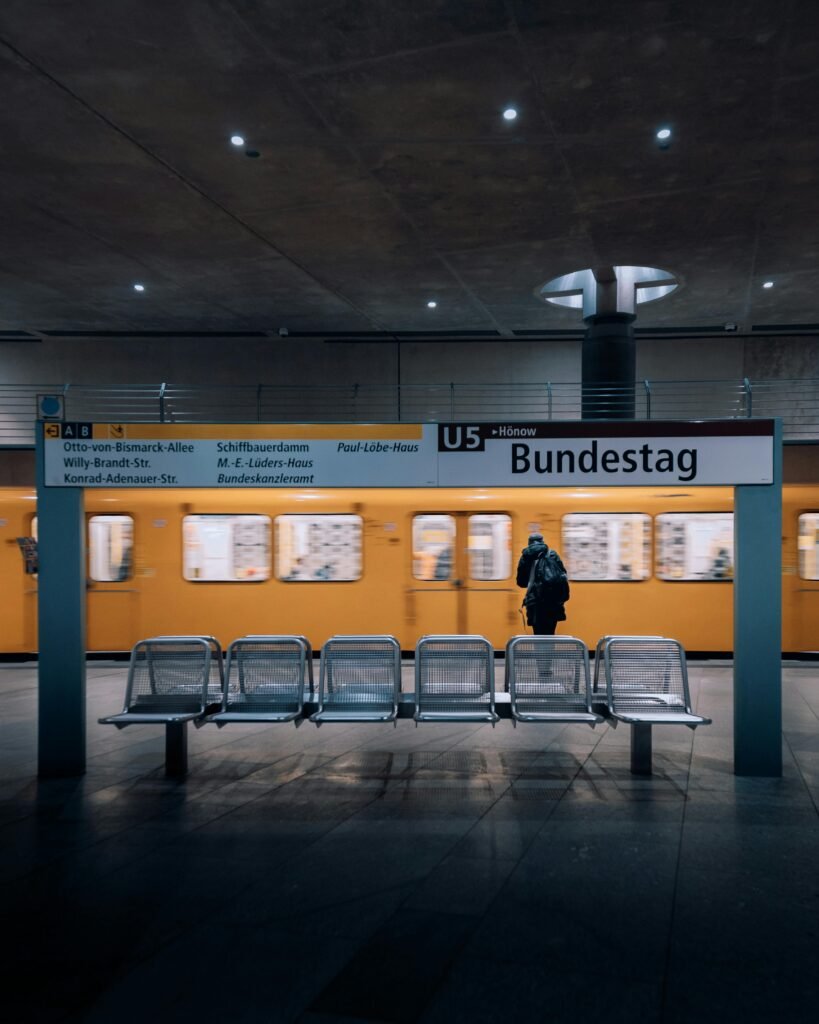
Effective Crate Training for Anxiety Reduction
Crate training can be an incredibly effective method for reducing anxiety in dogs. By providing a safe and secure space for your furry friend, a crate helps to alleviate feelings of stress and fear, giving them a sense of security. Whether you’re dealing with separation anxiety, fear of loud noises, or any other type of anxiety, crate training can create a calm and peaceful environment for your dog to relax and feel more at ease. In this article, we will explore the ins and outs of crate training and discuss how it can significantly decrease anxiety levels in your beloved pup.

This image is property of images.pexels.com.
Find products like these on Amazon!
Understanding Crate Training
What is crate training?
Crate training is a valuable method of teaching your dog to feel comfortable and secure in a confined space, such as a crate or kennel. By providing a safe and inviting environment within the crate, you can help your dog develop positive associations with it. Crate training is not only useful for obedience training but also serves as a tool for managing separation anxiety and facilitating easier travel with your furry companion.
Benefits of crate training
There are numerous benefits to crate training your dog. Firstly, it provides a safe space for your pet when you are unable to supervise them. It prevents them from engaging in destructive behavior or getting into potentially dangerous situations around the house. Crate training can also help with potty training and teach your dog to hold their bladder for longer periods. Additionally, when properly introduced and utilized, a crate can become a comforting and secure retreat for your dog, reducing anxiety and stress levels.
Principles of crate training
Crate training is based on several core principles. Firstly, it is important to remember that crate training should always be a positive and rewarding experience for your dog. Secondly, the crate should never be used for punishment; it should be a safe and pleasant space for your dog to retreat to. Consistency is key in crate training, so make sure to establish a routine and stick to it. Lastly, patience and gradual progression are essential throughout the training process, as every dog is unique and will require different amounts of time to adapt to the crate.
Choosing the Right Crate
Size and type of crate
When choosing a crate, it is crucial to select one that is appropriate in size and type for your dog. The crate should be large enough for your dog to stand up, turn around, and lie down comfortably. A crate that is too small can be cramped and uncomfortable, while a crate that is too large may encourage your dog to soil one corner and sleep in another. As for the type of crate, there are various options available, including wire cages, plastic crates, and fabric crates. Consider your dog’s size, behavior, and needs when selecting the most suitable crate.
Materials and construction
The materials and construction of the crate play a significant role in its durability and functionality. Wire crates are popular due to their visibility and ventilation, but ensure that the wires are close enough together to prevent any accidental injuries. Plastic crates provide a more den-like environment and are often preferred for travel. Fabric crates are lightweight and portable, making them convenient for short trips. Whichever material you choose, ensure that it is sturdy and easy to clean.
Comfort features for the crate
To make the crate even more inviting, consider adding comfort features. A soft bed or blanket can provide a cozy surface for your dog to lie on. However, choose materials that are easy to clean and not prone to trapping odors. Including a crate cover or blanket draped over the crate can create a den-like atmosphere and provide your dog with additional privacy. Introducing a few chew toys or puzzle toys can also help keep your dog entertained and mentally stimulated while in the crate.
Find products like these on Amazon!
Preparing the Crate
Creating a safe and inviting space
To create a safe and inviting space within the crate, start by ensuring that it is placed in a quiet area of your home, away from excessive noise and foot traffic. Make sure the crate is secure and stable, so your dog feels safe inside. Remove any potentially harmful objects from the immediate vicinity of the crate. Check that there are no sharp edges or wires sticking out that could injure your dog. By making the physical environment of the crate safe, you set the stage for a positive training experience.
Adding bedding and toys
Once the crate is set up, add bedding and toys to make it more comfortable and engaging for your dog. Place a soft bed or blanket inside the crate, ensuring it is clean and odor-free. Dogs are den animals and appreciate a cozy space, so providing a soft surface to lie on can further encourage positive associations with the crate. Additionally, introduce a few chew toys or puzzle toys to keep your dog occupied, especially during more extended periods of crate time.
Introducing the crate gradually
Introducing the crate gradually is crucial to preventing any negative associations or anxiety. Start by leaving the crate door open and allowing your dog to explore it at their own pace. Encourage their curiosity by placing treats and toys near the entrance of the crate. Gradually increase the level of interaction with the crate by tossing treats inside and allowing your dog to retrieve them. Slowly close the door for short periods, gradually increasing the duration as your dog becomes comfortable. Always remember to praise and reward your dog for calm and positive behavior throughout the introduction process.
Establishing a Routine
Setting a consistent schedule
Establishing a consistent schedule is vital for successful crate training. Dogs thrive on routine, and having a predictable daily schedule can help them feel secure and reduce anxiety. Ensure that your dog has regular meals, bathroom breaks, exercise, and playtime at specific times of the day. Consistency in the timing of these activities will also aid in establishing a routine for crate time. By incorporating crate time into their daily schedule, your dog will come to understand and accept it as a normal part of their routine.
Feeding and bathroom breaks
Incorporate feeding and bathroom breaks into your dog’s crate training routine. Dogs usually need to eliminate shortly after eating or drinking, so having a structured routine for bathroom breaks facilitates successful potty training. Take your dog outside to their designated bathroom spot before placing them in the crate and after letting them out. This routine will help prevent accidents in the crate and reinforce appropriate bathroom behavior. Additionally, feeding your dog their meals inside the crate can further solidify positive associations.
Incorporating crate time into daily activities
As your dog becomes more comfortable with the crate, gradually incorporate crate time into various daily activities. Encourage your dog to spend short periods of time in the crate while you are still at home and engaging in activities nearby. For example, while you are cooking, working on the computer, or watching TV, have your dog relax in their crate. This will help your dog associate the crate with positive experiences and prevent them from associating it solely with your absence. Be sure to provide your dog with attention and praise during these times to reinforce their comfort in the crate.

This image is property of images.pexels.com.
Positive Reinforcement
Introducing rewards and treats
Positive reinforcement is a powerful tool in crate training. Introduce rewards and treats to create positive associations with the crate. Begin by offering treats for any interaction with the crate, such as approaching, sniffing, or entering it. Gradually increase the criteria by rewarding your dog for calm behavior inside the crate, such as lying down or staying quiet. Use high-value treats to keep your dog motivated and excited about crate time. Positive reinforcement enhances the training experience and helps your dog understand that the crate is a place of comfort and reward.
Using verbal praise and affection
Verbal praise and affection are just as important as treats when it comes to positive reinforcement. Throughout the crate training process, use a gentle and reassuring tone of voice to communicate your approval and support. Praise your dog when they willingly enter the crate, remain calm, or show signs of comfort. Offer gentle pets and soothing words when they are relaxed inside the crate. This combination of positive reinforcement through treats and verbal praise helps strengthen the bond between you and your dog while emphasizing their positive behavior.
Avoiding punishment
It is crucial to never use the crate as a form of punishment or reprimand. Associating the crate with negative experiences can lead to increased anxiety and resistance to using it. Never force your dog into the crate or use any form of physical punishment. Instead, focus on positive reinforcement and gradually building trust and comfort. By eliminating punishment from the training process, you create a supportive and caring environment for your dog, promoting their willingness to engage with the crate.
Managing Separation Anxiety
Recognizing signs of anxiety
Separation anxiety is a common concern when crate training. It is important to recognize the signs of anxiety in your dog to address and manage it effectively. Some common signs of separation anxiety may include excessive whining or barking, restlessness, destructive behavior, or attempts to escape the crate. Take note of your dog’s behavior and body language when confined in the crate and look for signs of distress. Recognizing these signs early on can help you implement appropriate strategies to reduce anxiety and make the crate training experience more positive.
Gradually increasing alone time
For dogs with separation anxiety, gradually increasing the amount of time they spend alone in the crate can be helpful. Begin by leaving your dog alone in the crate for very short periods, such as a few minutes, and gradually extend the duration over time. Make sure to return to the crate before your dog shows signs of anxiety or distress to prevent negative associations. Slowly build up your dog’s tolerance for being alone, rewarding calm behavior and gradually reducing their reliance on constant human presence.
Implementing anxiety-reducing techniques
Implementing anxiety-reducing techniques can greatly support your dog’s crate training journey. Consider playing calming music or leaving the TV on to provide background noise and prevent your dog from focusing on outside disturbances. Using pheromone sprays or diffusers specifically designed to reduce anxiety can also help create a more calming environment. Introducing interactive toys or treat-filled puzzles can engage your dog’s mind and distract from any anxiety they may be experiencing in the crate. Consult with a professional trainer or veterinarian for additional strategies if your dog’s separation anxiety persists or worsens.

This image is property of images.pexels.com.
Troubleshooting Challenges
Dealing with whining or barking
Whining or barking is a common challenge during crate training, especially in the early stages. It is crucial to remain patient and avoid reinforcing these behaviors inadvertently. When your dog whines or barks, wait for a moment of silence before opening the crate. By only rewarding calm and quiet behavior, you discourage whining or barking as a means to seek attention or be released from the crate. Consistency is key in addressing this challenge, and with time, your dog will learn that being calm leads to positive outcomes.
Addressing crate aversion
If your dog displays aversion or resistance toward the crate, it is important to address this challenge with patience and positive reinforcement. Start by reintroducing the crate gradually, using treats and praise to create positive associations. Make the crate a desirable place by placing toys or treats inside, encouraging your dog to enter willingly. Avoid forcing your dog into the crate, as this may heighten their resistance and anxiety. Slowly increase the time your dog spends in the crate, ensuring each session ends on a positive note. Redirecting their attention to toys or treats while inside the crate can also help alleviate any aversion they may have.
Seeking professional help if needed
If you encounter significant challenges or your dog’s anxiety does not improve with your best efforts, don’t hesitate to seek professional help. A certified dog trainer or a veterinarian experienced in behavior modification can provide invaluable guidance and tailored strategies for crate training. They can assess your dog’s specific needs and help you create a training plan that addresses any underlying behavioral issues. Remember, professional support can make a significant difference in your dog’s crate training success and overall well-being.
Progressing to Longer Periods
Gradual extension of crate time
Once your dog is comfortable spending shorter periods in the crate, you can gradually extend the duration. Slowly increase the amount of time your dog spends in the crate, ensuring they remain calm and content throughout. Begin by adding a couple of minutes to each crate session and gradually work your way up to hours. Remember to offer rewards and praise for positive behavior during extended crate times. By progressing at your dog’s pace, you strengthen their confidence and reduce the likelihood of anxiety or regression.
Building trust and comfort
Building trust and comfort within the crate is crucial before progressing to longer periods. Focus on creating positive associations by continuing to use rewards, verbal praise, and affection. Reinforce the idea that the crate is a safe and enjoyable space for your dog. Allow them to continue to have positive experiences inside the crate, such as receiving treats or engaging with interactive toys. By consistently providing a positive environment, you strengthen the bond of trust between you and your furry friend.
Monitoring for signs of stress
As you gradually increase the duration of crate time, it is essential to monitor your dog for any signs of stress or anxiety. Watch for cues such as pacing, excessive panting, or restless behavior that may indicate your dog is becoming overwhelmed. If you notice any signs of distress, consider scaling back the crate time and reviewing your training approach. Every dog is unique, and it is crucial to adapt the training process based on your dog’s individual needs and comfort level.
Gradual Crate Freedom
Supervised time outside the crate
Once your dog has become comfortable spending longer periods in the crate, you can begin introducing supervised time outside the crate while still at home. Allow your dog to roam in a limited and secure space under your supervision, gradually increasing the area of freedom over time. Gradually exposing your dog to more freedom helps them develop self-control and allows you to observe their behavior. Use positive reinforcement to reward good behavior during this transition phase and redirect any undesirable behaviors with calm and gentle corrections.
Ensuring a safe environment
When granting your dog more freedom outside the crate, ensure that the environment is safe and free of potential hazards. Remove any objects that could be chewed or pose a risk to your dog’s safety. Be cautious with electrical cords, toxic substances, and household plants that may be within your dog’s reach. By creating a secure and controlled environment, you can provide your dog with the freedom they desire while keeping them safe and out of trouble.
Gradually expanding freedom
As your dog consistently demonstrates good behavior outside the crate, you can gradually expand their freedom within the house. Gradually give your dog access to more rooms and areas of your home, always supervising their behavior and promptly addressing any undesirable actions. Continue to reinforce positive behavior through praise, rewards, and occasional treats. By gradually expanding your dog’s freedom, you allow them to adapt to their newfound liberties while maintaining good behavior and responsibility.
Maintaining Crate Skills
Ongoing crate training
Crate training is not a one-time activity but rather an ongoing process. Continue to incorporate crate time into your daily routine, even after your dog has developed good crate skills. Periodically reinforce foundational crate training by having your dog spend short periods in the crate to refresh their positive associations and keep their skills sharp. Consistency in crate training helps solidify your dog’s understanding of boundaries and their comfort within the crate.
Reinforcing positive behavior
Positive reinforcement should remain a consistent part of your dog’s crate training throughout their life. Reward and praise your dog whenever they willingly enter the crate, remain calm while inside, or display good behavior related to the crate. This ongoing positive reinforcement will reinforce the notion that the crate is a place of security and rewards, encouraging your dog to continue viewing it as a positive and comforting space.
Periodically revisiting crate use
Periodically revisiting crate use is important, even after your dog has become comfortable spending time outside the crate. Life circumstances, such as travel, moving to a new home, or the addition of a new family member or pet, may require your dog to temporarily use the crate again. By periodically revisiting crate training, you ensure that your dog maintains their skills and familiarity with the crate, making future transitions or adjustments easier for both of you.
In conclusion, crate training is a valuable tool for creating a safe and secure space for your dog. By selecting the right crate, gradually introducing and preparing the crate, establishing a routine, using positive reinforcement, and addressing any challenges, you can effectively train your dog to view the crate as a positive and comforting environment. With patience, consistency, and ongoing maintenance, crate training can provide your dog with a sense of security, reduce anxiety, and enhance their overall well-being. Remember, crate training should always be conducted in a friendly and supportive manner that prioritizes your dog’s comfort and happiness.
Find products like these on Amazon!



-
-
7 days
Tagged Anxiety, Crate training, Dogs, Pet care